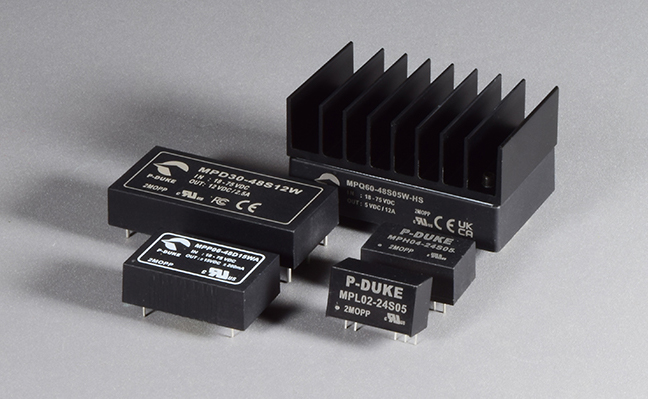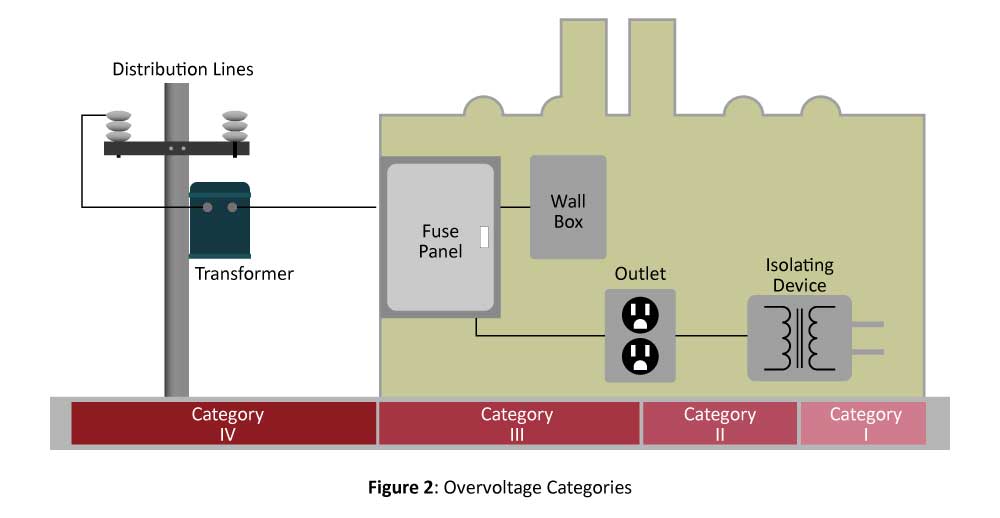Science popularization classroom | OSI model, do you really understand it?
We have the discontinued spare parts you urgently need here,
Advantage spot goods, if you cannot inquire or buy, please contact us.
Beautiful price! Product guarantee, excellent value service, sufficient inventory,
Welcome to inquire, we will offer you a discounted price!
Sales Manager:Jinny
Email: sales5@xrjdcs.com
WhatsApp/Moblie: +86 18250705533
Unit 609, 6th Floor, Building A, 510 Xin’ao Road, Xiang’an District, Xiamen City

Network communication is the cornerstone of modern information technology, which enables people to quickly and efficiently transmit information between different geographical locations. To achieve this goal, a standard framework is needed to describe the process of network communication. Therefore, the OSI seven layer network model was born.
Introduction – What is the OSI seven layer communication model?
The OSI seven layer communication model (also known as Open System Interconnection) is often written as IOS seven layer or ISO seven layer. Here, you can take a note that ISO refers to the International Organization for Standardization.
That’s right, it’s the organization that produces ISO9001. This ISO organization has developed an OSI seven layer communication model to standardize international communication standards.
It should be noted that this OSI seven layer model is universal for all communication methods and is not specifically designed for Ethernet.
This OSI layer seven is a nightmare for many non communication majors in learning or understanding TCP/IP, and it is also a major obstacle for many people to stop at TCP/IP because it is too abstract, invisible and intangible. Without auxiliary means, it can only be understood by imagination. In short, the difficulty of understanding is no less than that of normal people understanding the Great Compassion Mantra.
We can think of a simple logic, for example, if you send a message to your friend through WeChat on your computer, you type it on the keyboard, and after some processing, these messages will eventually physically go out of your computer’s network card, then be sent out from your broadband modem, and then pass through the operator’s network to your friend’s mobile base station, where they will be sent in the form of electromagnetic waves to your friend’s phone. After some processing, these messages will be displayed on his phone.

You can only see the messages you send and receive, and you don’t care about how they are processed layer by layer, nor do you need to care because you are the most advanced user and only need to care about the application, which is the application layer.
How does the OSI model work hierarchically?
Give an example of a visual point.
Li Yunlong had something to ask Chu Yunfei, so he asked Political Commissar Zhao to help write a letter. Li Yunlong called the monk, who put the letter into a briefcase and rode on his horse to the defense zone of the Chu commander of the National Army. Captain Chu opened the letter and immediately replied after reading its contents, handing it over to the monk. The monk mounted his horse and returned to the camp, handing the reply over to Li Yunlong. After reading the letter, Brother Yunlong was overjoyed.
In the above example, we can sort out this relationship and you will know whether this model comes from human conventional cognition.
So the process of Chu Yunfei’s reply is the same as the above process, but there is a small difference. Captain Chu is a cultural person, and he should be the only one responsible for the application and presentation layers.
So in network communication, these seven layers must also be clearly defined, slightly more complex than sending a message from Li Yunlong, but not much more complex, as shown in the table below:
You see, as long as you understand Li Yunlong’s process of sending and receiving messages, you can basically understand the seven layers of the network above.
What are the practical applications of OSI model in network communication?
In network communication, the OSI model plays a crucial role as it not only provides a standardized and normalized basic framework for network communication, but also ensures interoperability and compatibility between different devices. It also provides guidance for network design, troubleshooting, and optimization.
1. The role of network troubleshooting: Troubleshooting is a crucial task during network operation. The OSI model provides a clear hierarchical structure that helps to quickly locate and resolve network failures. By checking layer by layer, the scope of the fault can be narrowed down and the problem can be quickly located. For example, when there is a problem with network communication, analyzing whether the transport layer protocol is working properly can determine whether it is a connection issue at the physical layer or an error in the application layer protocol, and thus make targeted repairs.
2. Application in Network Design and Optimization: In the network design phase, the OSI model provides engineers with a universal design framework that helps plan network architecture, select appropriate protocols, and optimize network performance. By designing a network according to the seven layer structure of the OSI model, a modular and standardized network architecture can be achieved for easy management and maintenance.
The OSI model, as the fundamental framework for network communication, plays an important role in promoting the development and standardization of network technology. With the continuous development of the Internet, the OSI model is also evolving, such as the emergence of cloud computing, the Internet of Things and other emerging technologies, which pose new challenges and requirements for the OSI model. In the future, the OSI model will continue to play an important role in achieving efficient and reliable data transmission and control between network communications through standardization and normalization of the OSI model, promoting continuous innovation and development of network communication technology.








































